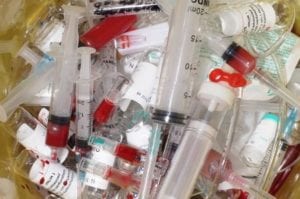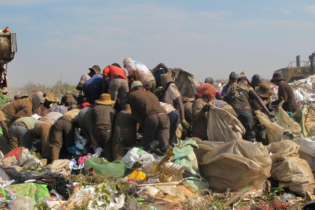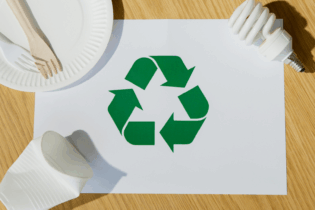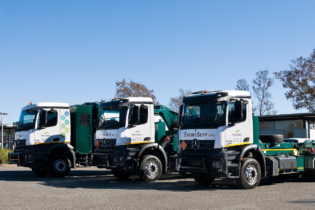 What began as a dream for Delanie Bezuidenhout, soon turned into an impressive project that has promoted the recycling of non-hazardous waste from hospitals.
What began as a dream for Delanie Bezuidenhout, soon turned into an impressive project that has promoted the recycling of non-hazardous waste from hospitals.
Bezuidenhout is the CEO of the Southern African Vinyls Association (SAVA). Together with members of the association, Bezuidenhout has started a project to encourage hospitals across the country to separate and recycle non-hazardous waste made from polyvinyl chloride (PVC).
“This project has been a dream of mine since I was a patient at a private healthcare facility in 2009 when I noticed the large amount of recyclable non-hazardous healthcare waste that was being disposed of in the healthcare risk waste stream,” Bezuidenhout said.
Based on estimates the association said that approximately 40% of all plastic-based disposable medical devices used in hospitals was made from PVC.
“Over 50 million IV bags are consumed annually in Australia alone. Together with oxygen masks and tubing, at least 2 500 tonnes of locally recyclable material is available for collection and reprocessing, saving valuable resources,” Bezuidenhout said.
She explained that a 300-bed hospital could easily recycle around two and a half tonnes of these quality PVC products each year. When recycled, this can be used to produce a range of products from gumboots to traffic cones.
SAVA recently obtained funding from Adcock Ingram which allowed the association to implement its years of research.
“The support we are now receiving from the medical fraternity makes it clear that hospitals and clinics are rethinking the way in which they deal with healthcare waste,” Bezuidenhout said.
She added that the medical fraternity were beginning to realise that recycling non-hazardous PVC waste not only had a positive impact on curbing waste management costs, but also increased their own awareness about conducting day-to-day business in a way that was environmentally responsible and sustainable.
However, it has not always been smooth sailing for the association. Bezuidenhout explained that when implementing the project, concerns such as infection control, the risk of contamination if separation is not done properly and staff members who are resistant to change were presented.
“Storage space could also be a problem, because adding yet another bin for another type of waste stream to a hospital’s existing bin sets could mean that it would be harder to achieve economies of scale when it comes to the logistics of collecting and removing the products,” she said.
Bezuidenhout explained that one of the ways to overcome challenges was with ongoing hospital staff training on how to correctly separating hazardous and non-hazardous materials.
Looking forward
Five leading hospitals are already actively participating in SAVA’s pilot project. Bezuidenhout said that the aim of the project was to expand on the current pilot project to include “at least 20 hospitals from various hospital groups”.
Although it is very costly to safely and correctly dispose of healthcare waste, Bezuidenhout said that international case studies indicate that it is possible that a move towards PVC recycling can be either cost neutral or a cost saving for hospitals.
“There are numerous other advantages for hospitals wanting to pursue this course of action, such as contributing towards the overall environmental compliance for the facility, enhancing community relationships, avoiding long-term liability and improving staff morale when they know they are doing the right thing,” she said.
For more information on the project, visit
www.savinyla.co.za
 What began as a dream for Delanie Bezuidenhout, soon turned into an impressive project that has promoted the recycling of non-hazardous waste from hospitals.
What began as a dream for Delanie Bezuidenhout, soon turned into an impressive project that has promoted the recycling of non-hazardous waste from hospitals.







